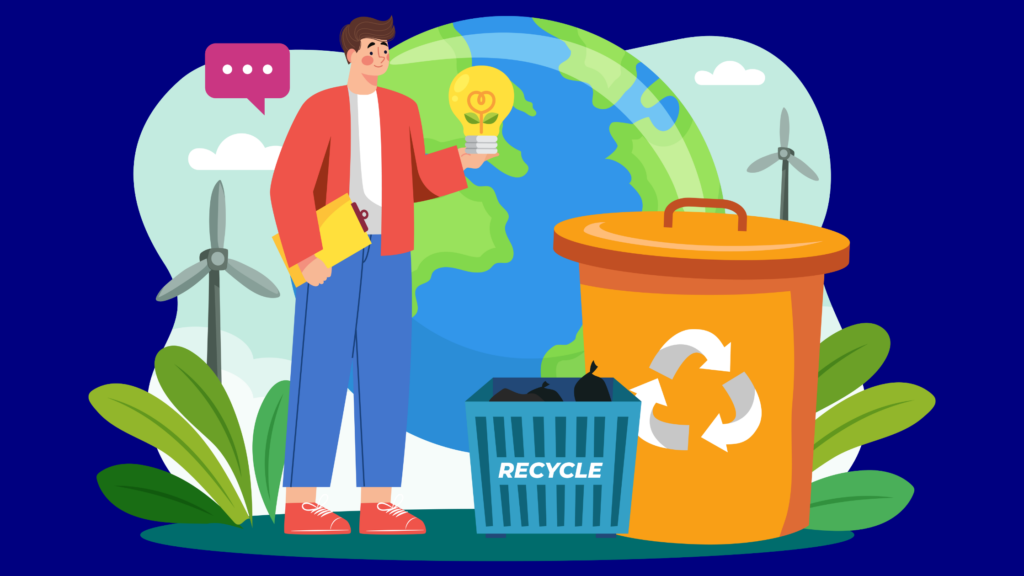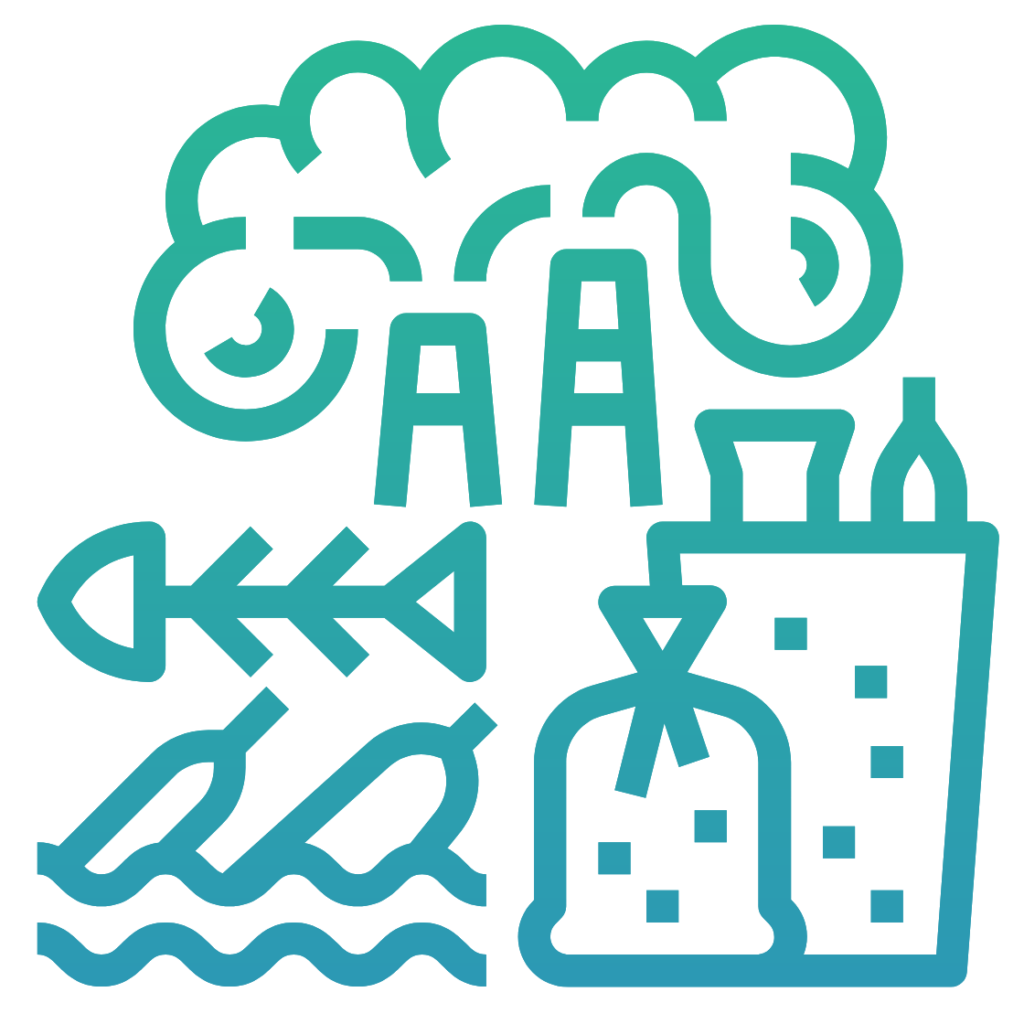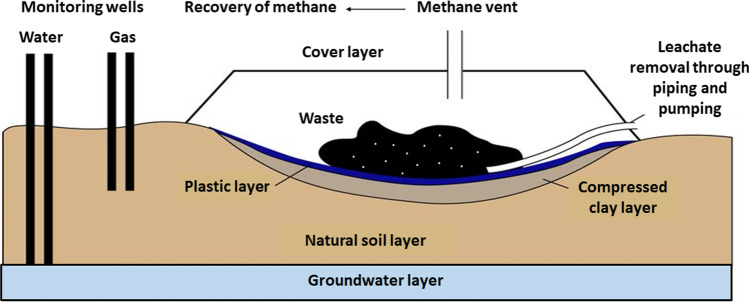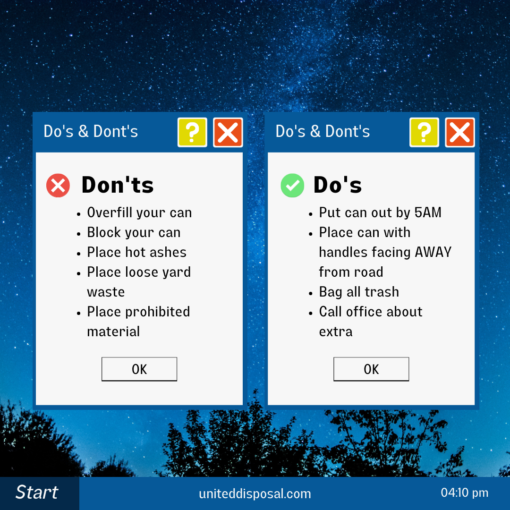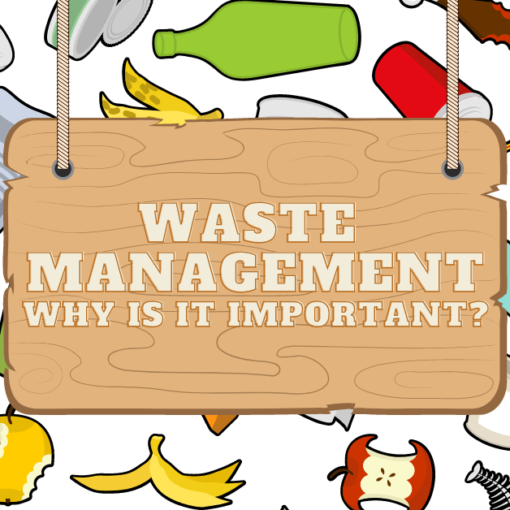The average American tends not to think much about their waste after it leaves their home. Did you know that of all
the global waste collected, only 19% of it gets recycled and only 30% ends up in SANITARY landfills? (Sanitary landfills are landfills that try to have the LEAST amount of impact on the environment as possible, and do their best
to contain water and air pollution) Where does the rest end up, you ask? That’s the sad thing… the other 51% of
global waste ends up in uncontrolled landfills; or worse, the ocean. THIS is what has such a major impact on our environment, and our health. Uncontrolled landfills can lead to groundwater pollution, air pollution, and even
marine pollution if nearby water sources are affected.
How does this happen? Doesn’t the waste just sit there?
Well, most landfill sites around the world are “open” systems – meaning they allow different types of toxic waste (like PFAs and other toxic chemicals and gasses) to leak out of the trash and into the surrounding environment. Researchers have discovered that 20% of total methane gas emissions from human-related sources are produced from open system landfill sites – and that is JUST the methane gas emissions! Methane gas is one of the BIGGEST causes of climate change, and has a warming potential 80x greater than that of Carbon Dioxide.
It has been proven time and time again that pollution
not only destroys the environment, but also has
traverse effects on humans and surrounding wildlife. Water pollution not only harms local marine
ecosystems, but also helps aid the spread of diseases
like typhoid and cholera; while other environmental pollution (like soil or groundwater pollution) can
cause major medical issues like cancer, Alzheimer’s, asthma, and severe birth defects in infants.
Toxic, forever chemicals are a critical source of pollution across the globe. In an effort to combat this, most countries have devised ways to prevent / minimize any current impacts through proper disposal and / or burying or waste. This is why landfills are becoming more common, as they help ensure waste gets buried AWAY from groundwater sources, while mostly maintaining the waste in a dry form. It has been estimated that 55% of all US waste was landfilled.
While waste management ISN’T a perfect world, we are using CONSTANT efforts to improve and reduce our impact on the planet. You can help on your part by trying to reduce the amount of waste your household produces (check out our article here to help you come up with ways to do that!) and to be knowledgeable on where your trash goes when it leaves your home. (We personally dump ALL waste at the Prescott Valley Transfer Station!)

